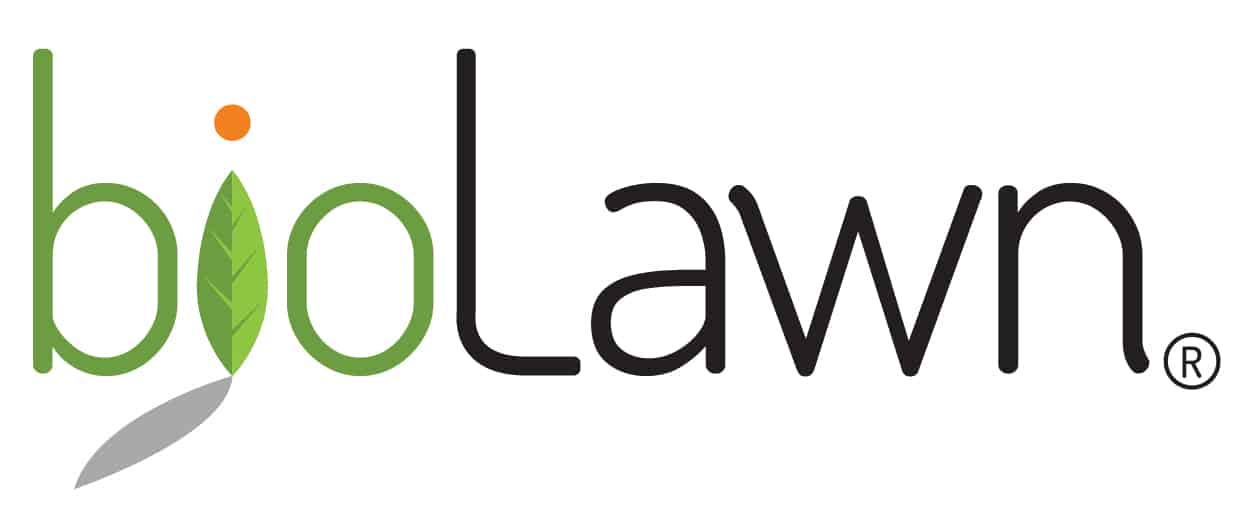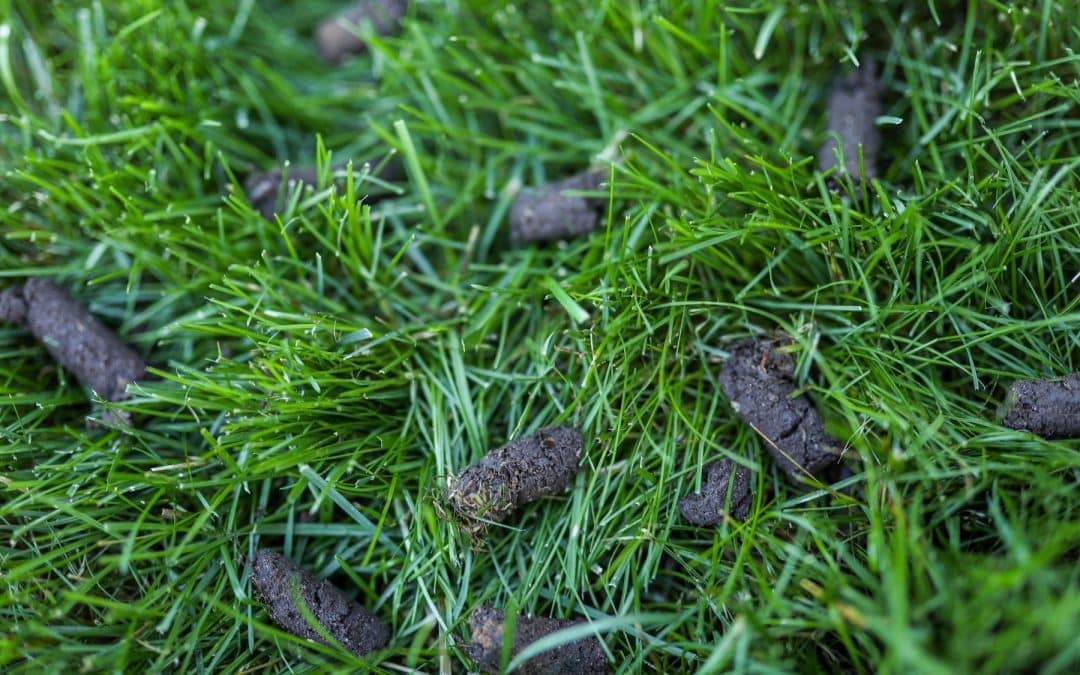If you’ve heard about liquid aeration and wondered if it’s the magic fix for your lawn, you’re not alone. It’s getting a lot of buzz these days. But how does it really compare to traditional core aeration? Below, we dive into what each method can and can’t do, where each shines, and how to decide what’s best for your lawn.
What Are We Talking About
Core Aeration (a.k.a. plug aeration): A mechanical process where small plugs or cores of soil (including thatch, roots, etc.) are removed from the lawn using a specialized machine. These holes let air, water, and nutrients into the soil, thus stimulating the lawn and soil microbes.
Liquid Aeration: A spray treatment that includes wetting agents, humates, enzymes, microbes, or organic amendments. These help improve water infiltration, nutrient availability, microbial activity, and soil structure.
What Liquid Aeration Does Well — And What It Doesn’t
Based on both the scientific sources and on-the-ground observations, here’s a rundown of what liquid aeration improves, and what it does not:
Pros of Liquid Aeration
- Improves water absorption and helps water flow into the soil more evenly.
- Enhances nutrient availability by stimulating microbe activity and providing additional nutrient retention.
- Boosts microbial activity. Organic amendments/enzyme‐based products encourage beneficial soil life, which helps in breaking down thatch and organic matter.
- Covers the entire lawn surface uniformly, including areas core aerators may miss (edges, awkward spots) because liquid spreads everywhere.
Limitations of Liquid Aeration
- Does not relieve soil compaction to the same degree as core aeration. Deep, heavy compaction often still requires physical disruption.
- Will not help break soil layers, which are especially common in newly sodded lawns.
- Not ideal for some seeding situations because you often want open soil for seed‐to‐soil contact. Core aeration helps there.
What Core Aeration Does Well — And Where It’s Strong
Core aeration still has its own set of strengths, especially in challenging lawn situations.
Pros of Core Aeration
- Relieves soil compaction more deeply and immediately. When soil is heavily compressed—by traffic, clay soil, or past construction—core aeration physically removes plugs, opening up space for air, water, and roots.
- Helps overseeding and sod establishment. Because you have open holes or channels, seed has better contact with the soil and can germinate more successfully.
- Improves drainage and runoff quickly. If water is puddling or running off rather than soaking in, core aeration helps by providing direct pathways into the soil profile.
- Longer-lasting impact for severe issues. While core aeration may be more disruptive, its effects tend to persist longer in worse soil conditions before needing repeat treatment.
Limitations of Core Aeration
- Disruption: holes, plugs, noticeable disturbance of lawn surface.
- Cost, labor, equipment: you need a core aerator (rent or hire), physical effort, possible cleanup.
- Timing: not good during the summer months as it can cause rapid water loss.
Where Each Method Is Best (Especially in Minnesota & Wisconsin)
Given the climate, soil types (often clay, silt, mixed), seasonal constraints, and lawn use in MN/WI, here’s a guide for when each method tends to be the better choice.
| Situation / Lawn Condition | Best Method | Why |
| New sodded lawns | Core Aeration | New sod has layers, so core aeration can break the layer leading to deeper root growth. Plus relieving compaction from construction activities helps roots grow in properly. |
| Lawns with heavy traffic, compacted clay soil, poor drainage, or soil “feels like concrete” | Core Aeration | Only core can fully break up deep compaction; liquid won’t be enough alone. |
| Lawns with minor surface compaction, good basic soil structure, no major drainage issues, already established turf | Liquid Aeration | Less disruptive, easier to maintain year over year; supports water inflow, nutrient uptake, microbial activity. |
| Lawns where aesthetics matter and disruption from plugs is a concern (e.g. high visibility, events, children/pets) | Liquid Aeration | Minimal surface disruption; no plugs to pick up; more uniform coverage. |
| Lawns with bare areas that need overseeding | Core Aeration (possibly combined with liquid) | The holes help seed contact; core aeration provides openings for seed to access soil; combining with liquid can improve nutrient flow and microbial activity post aeration. |
| Lots of inground systems like utilities, dog fences and irrigation systems | Liquid Aeration | Because it’s less disruptive it is safer to perform as there is no physical disruption to the soil below. |
The Hybrid Approach — Using Both
Often, the smartest path is not “liquid vs core” but “liquid and core, where appropriate.” For example:
- Do core aeration every 2-3 years (or as needed) to address deep compaction, combined with overseeding when needed.
- In the years between, use liquid aeration to maintain soil porosity, enhance microbe activity, improve water/nutrient infiltration, and slow down compaction build-up.
- After core aeration, a liquid aeration treatment can help maximize the benefit by improving nutrient uptake, microbial recovery, and evenness of moisture distribution.
What to Watch Out For / Best Practices
- Timing: In MN/WI, aim for core aeration during the cooler periods when cool‐season grasses are growing well, such as fall. Spring is possible, but recovery is slower. Liquid aeration can be done more flexibly, but dry, frozen, or drought-stressed soil will reduce efficacy.
- Moisture: Soil should be moist (not soggy, not bone dry) before core aeration to get good plugs. For liquid aeration, soil moisture is not as critical before the application.
- Product quality: If you choose liquid aeration, use high-quality formulations with good organic components, microbial/enzyme support, and wetting agents. Cheap “liquid” aerators may underperform.
- Lawn activity: After core aeration, avoid heavy traffic for a while. Liquid aeration has less disruption so less limitation on use.
Bottom Line — Which Is “Better”?
It depends. Liquid aeration is not a replacement for core aeration in every case, especially where soil compaction is severe, or where seeding/sodding is involved. But for many established lawns in Minnesota and Wisconsin, liquid aeration is a very powerful tool for maintenance: improving water inflow, boosting nutrient uptake, supporting microbe life, preserving the lawn’s health, all with less disturbance.

